Last updated on
Discover the crucial differences between wall ovens and range ovens that every homeowner should know before making a purchase.
When it comes to choosing the right oven for your kitchen, the decision can be overwhelming. Do you go with a wall oven or a range oven?
Every homeowner’s needs are different when it comes to choosing an oven type. So let’s dive into the pros and cons of wall ovens vs. range ovens so that you can make an informed decision for your own dream kitchen!
Key takeaways:
- Wall ovens maximize kitchen space, offer flexibility in cooking.
- Range ovens have more design options and are less expensive.
- Wall ovens require installation planning, range ovens are freestanding.
- Wall ovens save counter and cabinet space, range ovens offer extra features.
- Wall ovens are more energy-efficient, while range ovens have larger cooking capacity.
What's Inside
Wall Ovens
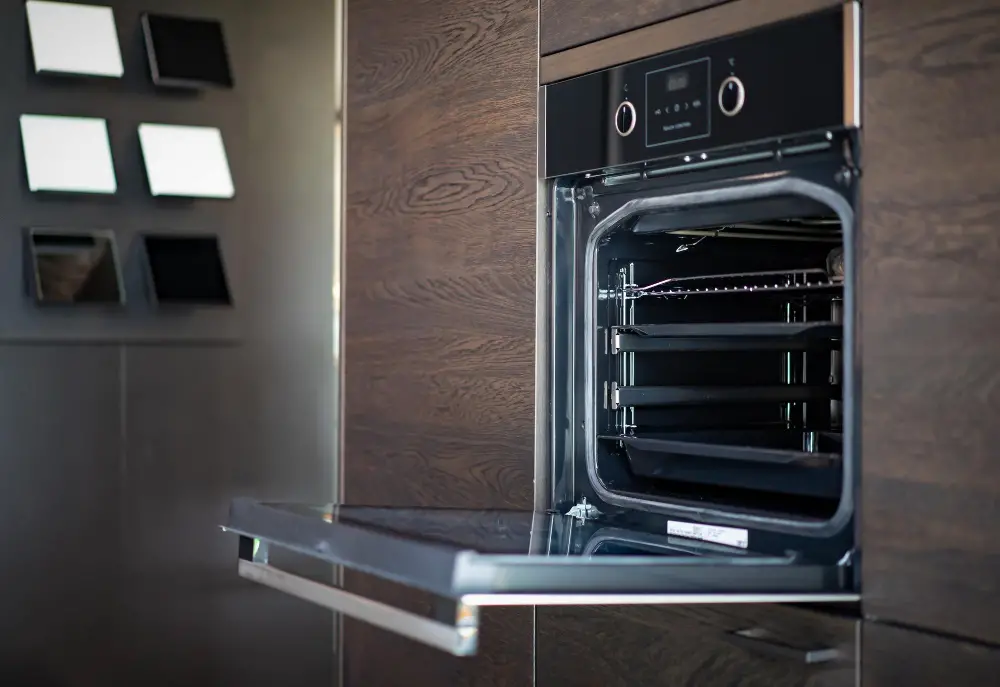
Wall ovens are a popular choice for homeowners who want to maximize their kitchen space and have more flexibility in their cooking. As the name suggests, wall ovens are installed directly into the wall, usually at eye level or slightly higher.
This means that you don’t have to bend down to check on your food or take it out of the oven – a big plus for those with back problems. Wall ovens come in various sizes and configurations, from single units that can fit one large dish at a time to double units that allow you to cook multiple dishes simultaneously.
They also offer different features such as convection cooking which circulates hot air around your food resulting in faster and more even cooking. One thing worth noting is that installing a wall oven requires some planning ahead of time since they need dedicated cabinet space above and below them.
However, this can be an advantage if you’re renovating your kitchen because it allows for customization options when designing cabinetry around them. If maximizing counter space is important while still having ample room for baking needs then choosing a wall oven might be right up your alley!
Range Ovens
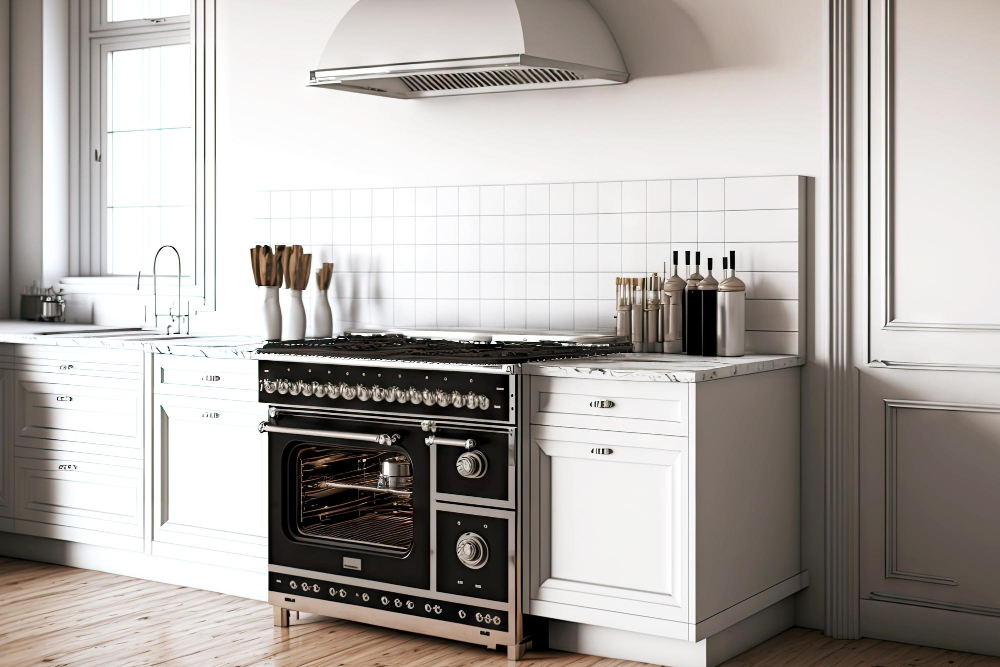
Range ovens, also known as freestanding ovens, are the traditional type of oven that most people are familiar with. They consist of a cooktop and an oven in one unit and can be easily installed anywhere in your kitchen.
Range ovens come in various sizes to fit different kitchen spaces and cooking needs.
For homeowners who prefer a classic look for their kitchens, range ovens offer more design options than wall ovens. They come in different colors, finishes, and styles to match any decor style.
One advantage of range ovens is that they tend to be less expensive than wall-mounted units since they don’t require additional installation costs or cabinetry modifications. If you’re looking for an all-in-one solution for your cooking needs without having to worry about separate installations or extra space requirements – then a range oven might be the perfect choice for you!
However, there are some downsides when it comes to choosing a range over other types of stoves/ovens such as limited space utilization compared with wall-mounted units which free up counter/cabinet space by being mounted higher up on walls; lower capacity due mainly because ranges have smaller interiors than their counterparts do (wall-mounts).
Installation Differences
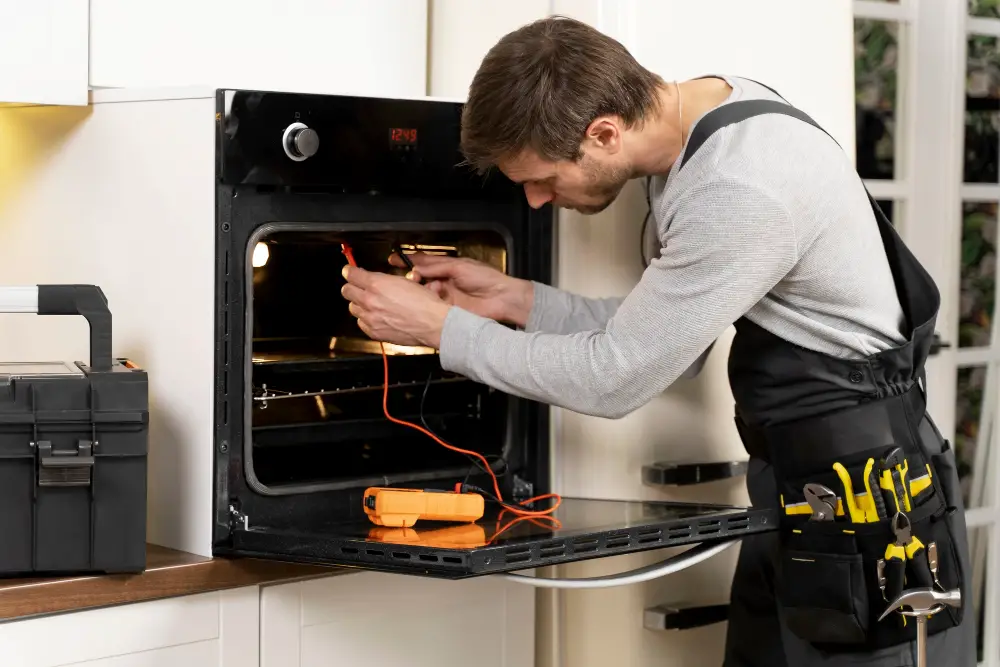
When it comes to installation, wall ovens and range ovens have some significant differences. As the name suggests, a wall oven is installed directly into the kitchen’s cabinetry at eye level or below the counter.
This type of oven requires professional installation as it needs to be hardwired into your home’s electrical system.
On the other hand, a range oven is freestanding and can be placed anywhere in your kitchen that has access to gas or electricity. It doesn’t require any special wiring or cabinetry modifications for installation.
It’s important to consider both types’ requirements before making an investment in either one so that you can ensure proper placement and functionality within your kitchen layout.
Space Utilization
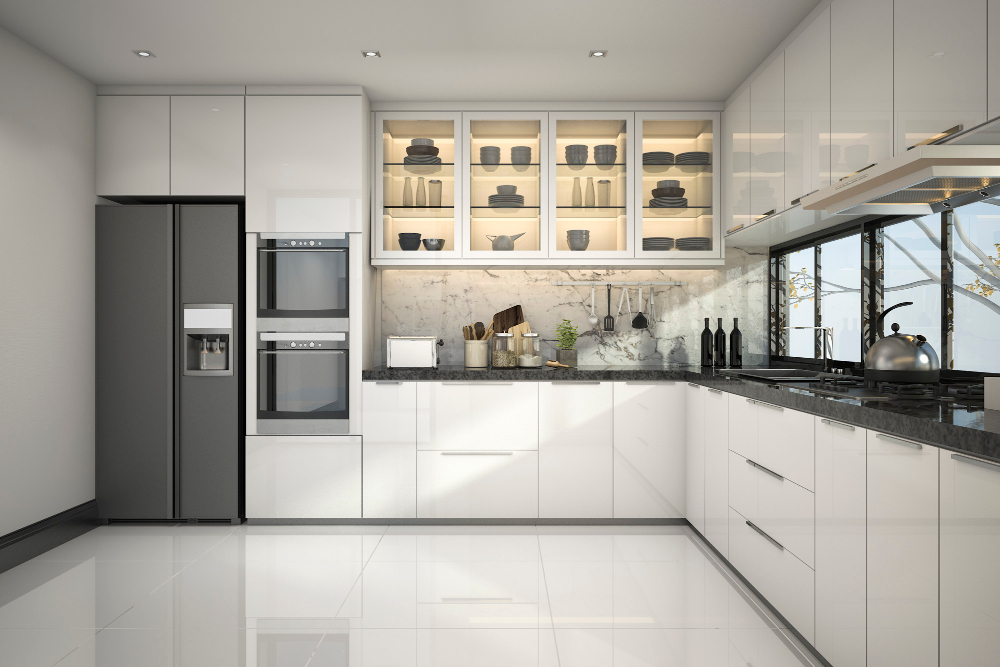
When it comes to kitchen design, space utilization is a crucial factor. Wall ovens are an excellent choice for homeowners who want to maximize their counter and cabinet space.
By installing the oven in the wall, you free up valuable real estate below your countertop that would otherwise be taken up by a range oven.
On the other hand, range ovens take up more floor space but can offer additional features such as built-in grills or burners that may not be available with wall ovens. If you have plenty of room in your kitchen and want all-in-one convenience when cooking meals or hosting parties at home, then a range might be right for you.
Ultimately whether you choose a wall or range oven will depend on your specific needs and preferences regarding how much floor vs countertop/cabinet spaces are required in your kitchen layout.
Cooking Capacity

One of the most significant differences between wall ovens and range ovens is their cooking capacity. Wall ovens are typically smaller than range ovens, which can limit the amount of food you can cook at once.
However, this doesn’t mean wall ovens aren’t unsuitable for larger families or those who love entertaining.
On the other hand, if you have a large family or frequently host big events like Thanksgiving dinners or birthday parties, a range oven might be more suitable as it offers more cooking space with a wider surface area.
Ultimately your decision will depend on your lifestyle needs and how much cooking capacity you require from an oven.
Design & Aesthetics
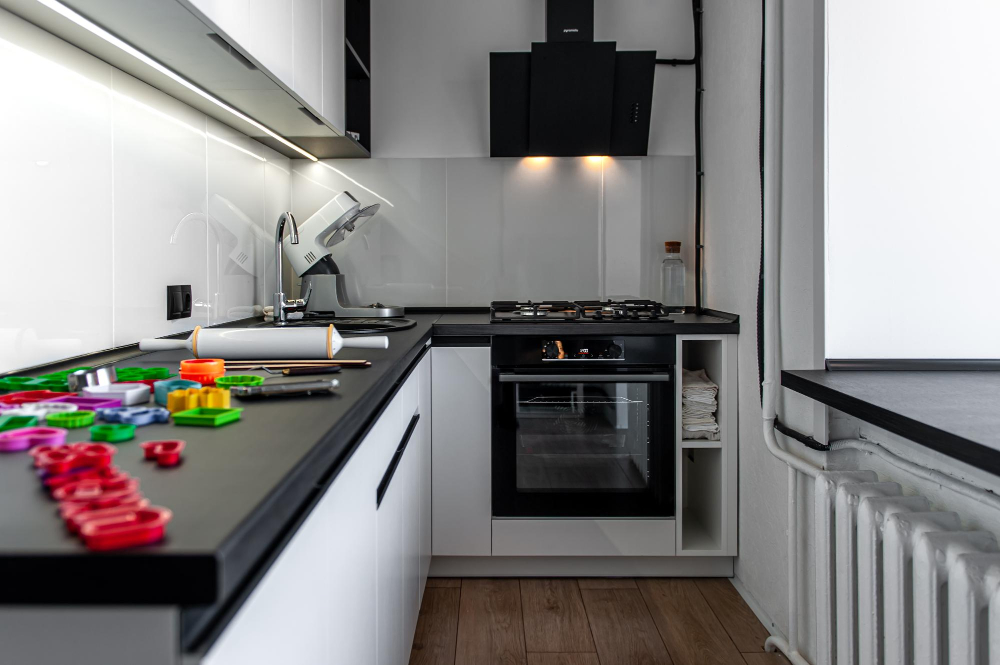
When it comes to kitchen design, the oven is often a focal point. It’s not just about functionality but also aesthetics.
Wall ovens are sleek and modern-looking, giving your kitchen a high-end feel. They can be installed at eye level, making them more accessible for those with mobility issues or back problems.
On the other hand, range ovens come in various styles and colors that can match any kitchen decor style from traditional to contemporary designs. They offer versatility in terms of placement since they can be freestanding or built-in models.
In my experience as a home decorator, I’ve found that wall ovens tend to give kitchens an upscale look while range ovens provide more flexibility when it comes to matching existing cabinetry and appliances.
Ultimately though, choosing between wall vs. range oven will depend on your personal preferences regarding design aesthetics as well as practical considerations such as space utilization and cooking capacity needs.
Energy Efficiency
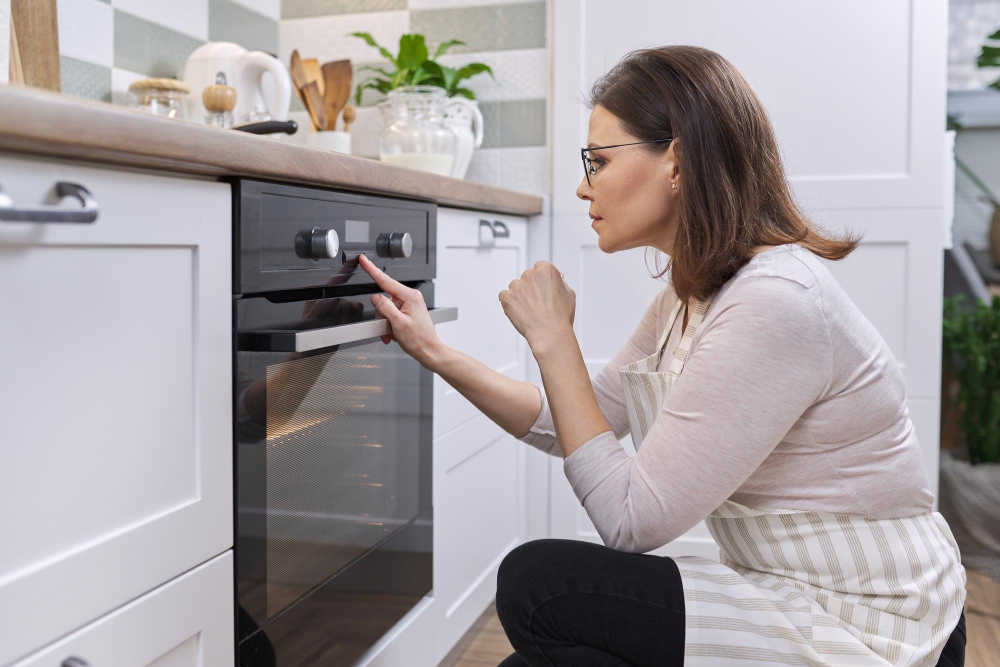
Wall ovens are generally more energy-efficient than range ovens because they have better insulation and less heat loss due to their location in the wall.
This means that wall ovens can cook food faster and use less electricity or gas.
By choosing an Energy Star certified oven, you will not only save money on utility bills but also reduce greenhouse gas emissions.
Range ovens may be less efficient than wall ovens because of their size and location in the kitchen. They require more space around them for ventilation which can lead to heat loss during cooking resulting in higher power consumption.
If you’re looking for an eco-friendly option that will save you money on your utility bills over time while still providing excellent cooking performance then a well-insulated electric or gas-powered wall oven with ENERGY STAR certification is your best bet!
Price Comparison

When it comes to choosing between a wall oven and a range oven, price is often one of the biggest factors. Wall ovens tend to be more expensive than range ovens due to their installation requirements and added features.
However, this doesn’t mean that all wall ovens are out of reach for those on a budget.
In fact, there are many affordable options available in both categories. For example, some entry-level models of wall ovens can be found for under $1,000 while high-end models can cost upwards of $5,000 or more.
On the other hand, range ovens typically have lower upfront costs compared to wall units but may require additional expenses such as ventilation systems or gas lines if you don’t already have them installed in your kitchen.
Ultimately when comparing prices between these two types of appliances it’s important not only consider the initial purchase price but also long-term operating costs such as energy efficiency ratings and maintenance fees over time.
So before making any final decisions about which type is right for you take into account your budget along with other factors like cooking capacity needs design preferences space utilization energy efficiency ratings maintenance requirements etc., so that you make an informed decision based on what matters most!
Maintenance & Repair

When it comes to maintaining and repairing your oven, there are some key differences between wall ovens and range ovens. Wall ovens tend to be easier to maintain because they are installed at eye level, making them more accessible for cleaning.
Range ovens can be more difficult to clean due to their location below the cooktop.
In terms of repair, both types of ovens may require professional assistance if something goes wrong with the heating element or other internal components. However, wall oven repairs can often be less expensive than range oven repairs because they have fewer parts that need replacing.
It’s important to keep in mind that regular maintenance is crucial for extending the lifespan of any appliance – including your oven! Be sure to follow manufacturer guidelines for cleaning and care instructions so that you can avoid costly repairs down the line.




